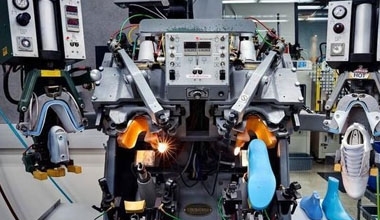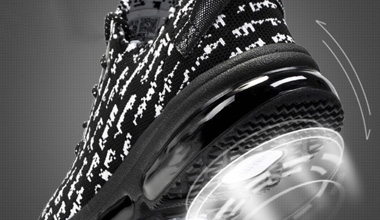

ovserve contracts and keep promises


technology enterprises and conception innovation


High quality products and high standard service
Angsi is consisted of Guangdong Angsi Advanced Materials Technologies Co., Ltd. and a branch company Jinjiang Angsi Shoes Material Trade Co., Ltd.
Angsi was founded in February 2005, covers an area of 19800㎡ with a registered capital of RMB 2.8 million. The number of employees is 130, the college degree or above is 44, accounting for 34% of the total number of staff; 30 professional R & D staff, including 9 of undergraduate education, accounting for 30% of R & D personnel.
The company specializes in developing and manufacturing the materials for shoes and garment, independent research products...


